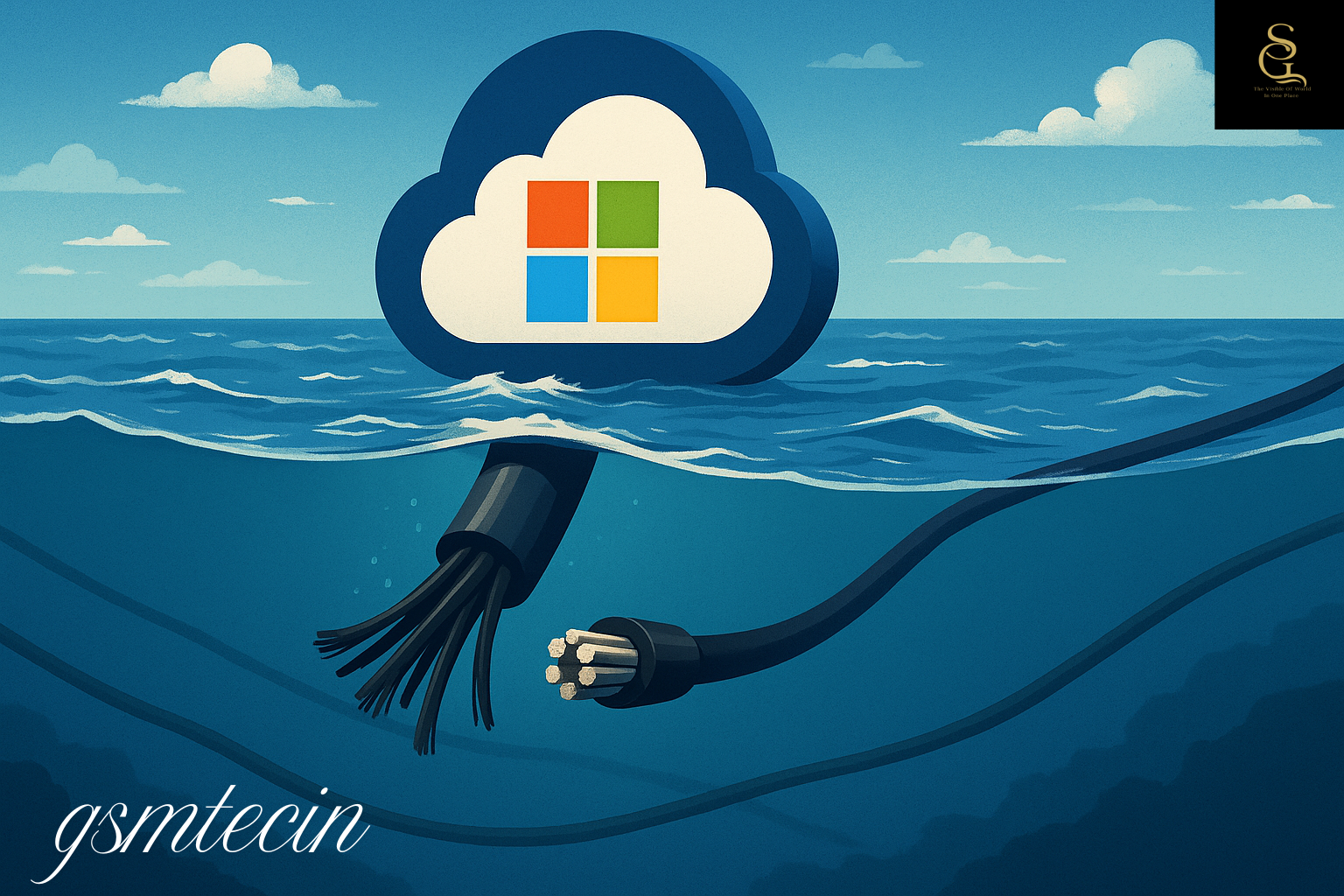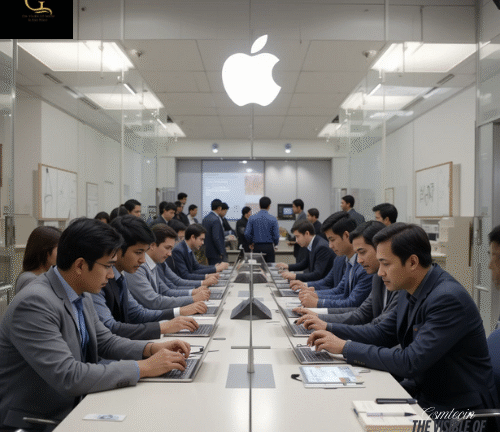Following the disruption of the Red Sea cable, Microsoft restores Azure
Following a significant undersea cable outage in the Red Sea that momentarily affected internet traffic worldwide, Microsoft has confirmed that its Azure cloud services have fully recovered. Due to rerouted data flows, the incident had an impact on thousands of businesses and individuals, particularly in the Middle East, Africa, and parts of Europe. It also had repercussions in Asia and Europe.
Overview of the Incident
Damage occurred in the Red Sea to a number of significant submarine fibre optic cables, which are essential for transporting more than 95% of intercontinental data. According to telecommunications reports, the most likely causes are either potential geological movement or anchor drag from shipping vessels. Disruptions in the Red Sea could have far-reaching effects because it is a crucial global internet chokepoint that links Europe, Asia, and Africa.
Several cable systems were affected, resulting in packet loss, increased latency, and sporadic connectivity in specific Azure regions, according to Microsoft’s Azure status updates.
Services Impacted
Performance was negatively impacted by the outage for:
South Africa, UAE North, and UAE Central Azure Virtual Machines (VMs)
Higher query latency in Azure SQL Database
There are read/write delays in Azure Blob Storage.
Teams, Outlook, and SharePoint are examples of Microsoft 365 apps in affected regions.
While streaming services saw a decline in quality, financial services, logistics firms, AI startups, and e-commerce platforms reported slowdowns.
Microsoft’s Reaction
The network engineers at Microsoft promptly implemented failover measures:
Rerouting traffic through unaffected cables in Asia and Europe
Expanded bandwidth on other routes to ease traffic
coordinating repairs with telecom partners and cable operators
Software-defined networking (SDN) is credited by Azure CTO Mark Russinovich with facilitating quick traffic reconfiguration. Most services were available within a few hours, but there was some latency until the cable was partially restored. Microsoft’s Reaction
The network engineers at Microsoft promptly implemented failover measures:
Rerouting traffic through unaffected cables in Asia and Europe
Expanded bandwidth on other routes to ease traffic
coordinating repairs with telecom partners and cable operators
Software-defined networking (SDN) is credited by Azure CTO Mark Russinovich with facilitating quick traffic reconfiguration. Most services were available within a few hours, but there was some latency until the cable was partially restored.
The Significance of This
Undersea cable infrastructure, which supports global cloud services, is strategically significant, as the event emphasises. The Red Sea is a high-risk region due to its small size, high shipping volume, and unstable geopolitical conditions.
Damage to several cables in one place can still impair cloud performance even with redundant systems.
Azure’s Strategy for Resilience
Microsoft makes significant investments in redundancy in global connectivity through:
Numerous subsea routes, such as the Equiano (Europe–Africa) and Marea (US–Spain) cables
Checking for alternate transit routes with ISPs
Automated failover systems for quick rerouting and detection
Using edge computing to lessen the need for long-distance cable connections
Industry and Customer Reaction
Although Microsoft’s prompt mitigation was commended by many customers, the outage sparked new calls for:
Redundancy through multi-cloud strategies (Azure + AWS + Google Cloud)
Increased dependence on edge computing and CDNs for workloads that are sensitive to latency
Increased investment in cable diversity, closer collaboration between cloud and telecom, and possible regulatory oversight for areas with few connectivity options are all anticipated by industry analysts.
The Statement from Microsoft
We can attest that all Azure services impacted by the outage of the Red Sea underwater cable are now operating normally. To reroute traffic and guarantee that customers would not be negatively impacted, our engineering teams collaborated closely with regional partners. We are analysing the event in order to improve our resilience plan.
Regional Hazards and Repair Difficulties
Due to maritime tensions and security threats, such as the Houthi movement in Yemen’s frequent attacks on shipping lanes, repairing cables in the Red Sea is difficult. Restoration efforts may be delayed by such risks.
In conclusion
The Red Sea cable outage and Azure’s subsequent recovery highlight how delicate yet robust the world’s cloud infrastructure is. Even though underwater cable failures are unavoidable, Microsoft’s speedy recovery shows how important redundant networks, automated rerouting, and solid industry partnerships are.
The main lesson for businesses is to prepare for continuity by using diversified providers, multi-region deployments, and resilience plans that take into consideration both physical and digital threats.




